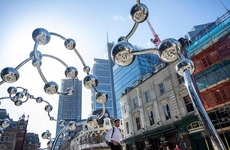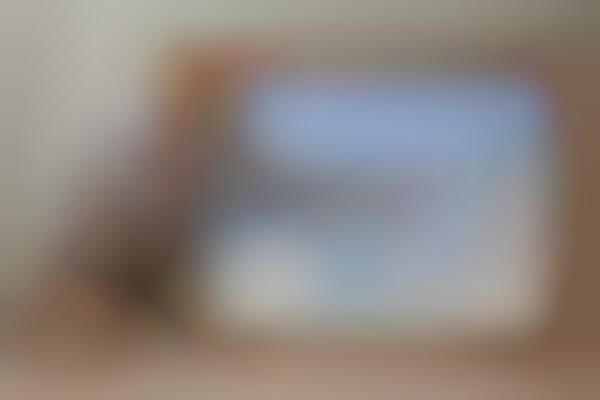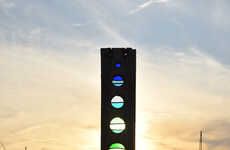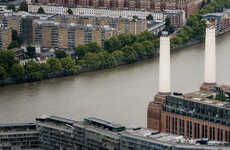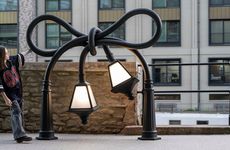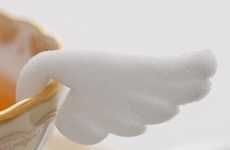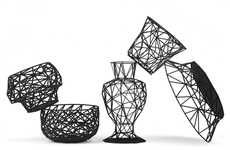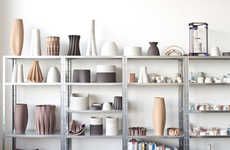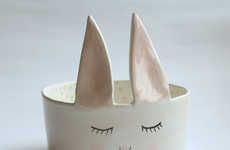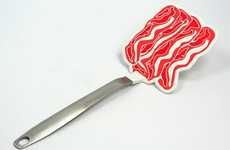
Chris Naylor's London Skyline Sculpture is Made of 2,186 Sugar Cubes
Alexander Lam — May 22, 2013 — Art & Design
References: mymodernmet
Using 2,186 sugar cubes, Chris Naylor created a sculpture of London's skyline. The sweet creation was made in celebration of the Museum of London Dockland's 10th anniversary. Landmarks included in Naylor's sculpture includes the London Eye, Tower Bridge and St.Paul's Cathedral. Behind the sugar is a light blue sky with wispy clouds.
Weighing in at 30 pounds, the artwork is composed of carefully chiseled sugar cubes. Each cube was painstakingly carved with a Stanley knife to get just the right curve. Naylor spent over 15 minutes on some cubes getting the details to his precise specifications.
The inspiration behind the sugar cubes came from the Museum London Dockland's storied history. The building that the museum is housed in was built by sugar merchants over 200 years ago.
Weighing in at 30 pounds, the artwork is composed of carefully chiseled sugar cubes. Each cube was painstakingly carved with a Stanley knife to get just the right curve. Naylor spent over 15 minutes on some cubes getting the details to his precise specifications.
The inspiration behind the sugar cubes came from the Museum London Dockland's storied history. The building that the museum is housed in was built by sugar merchants over 200 years ago.
Trend Themes
1. Sweet Sculptures - The use of edible materials to create sculptures showcases an opportunity for the food and art industries to collaborate to create innovative artwork.
2. Precision Art - The attention to detail in creating the sculpture displays the potential for the use of technology and precision tools in art and sculpture creation.
3. Historical Artifacts - Integrating historical aspects into artwork has a potential for disrupting the museum and art industry by encouraging creators to showcase history through art.
Industry Implications
1. Food - The food industry can consider innovations and collaborations with artists to generate edible art through unique materials such as sugar cubes.
2. Art - The art industry can benefit from incorporating technology and precision tools for creating intricate artwork that displays attention to detail.
3. Museum - Integrating historical relevance in artwork has the potential to innovate and engage visitors, ultimately disrupting the standard museum experience.
2.8
Score
Popularity
Activity
Freshness




